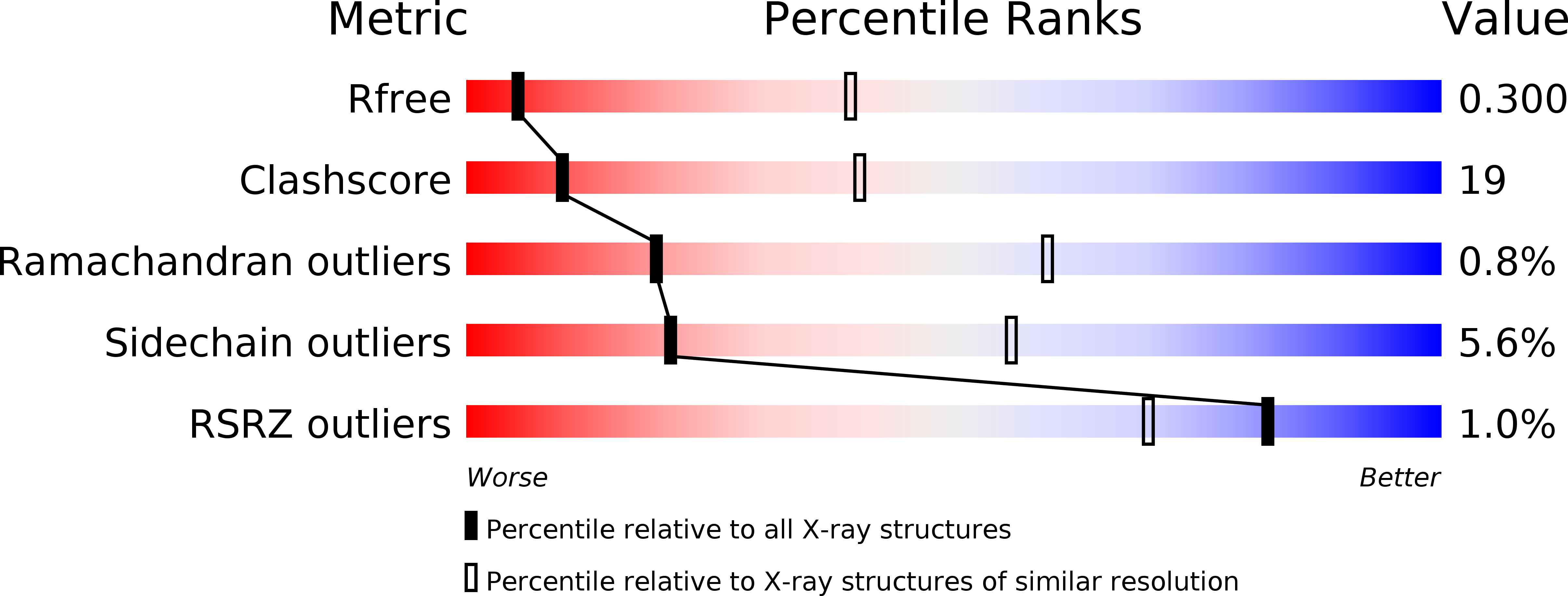
Deposition Date
2011-02-17
Release Date
2011-10-05
Last Version Date
2024-03-13
Entry Detail
PDB ID:
3AUW
Keywords:
Title:
Cytoplasmic domain of inward rectifier potassium channel Kir3.2 in complex with cadmium
Biological Source:
Source Organism:
Mus musculus (Taxon ID: 10090)
Host Organism:
Method Details:
Experimental Method:
Resolution:
3.56 Å
R-Value Free:
0.33
R-Value Work:
0.28
R-Value Observed:
0.28
Space Group:
P 4 21 2


